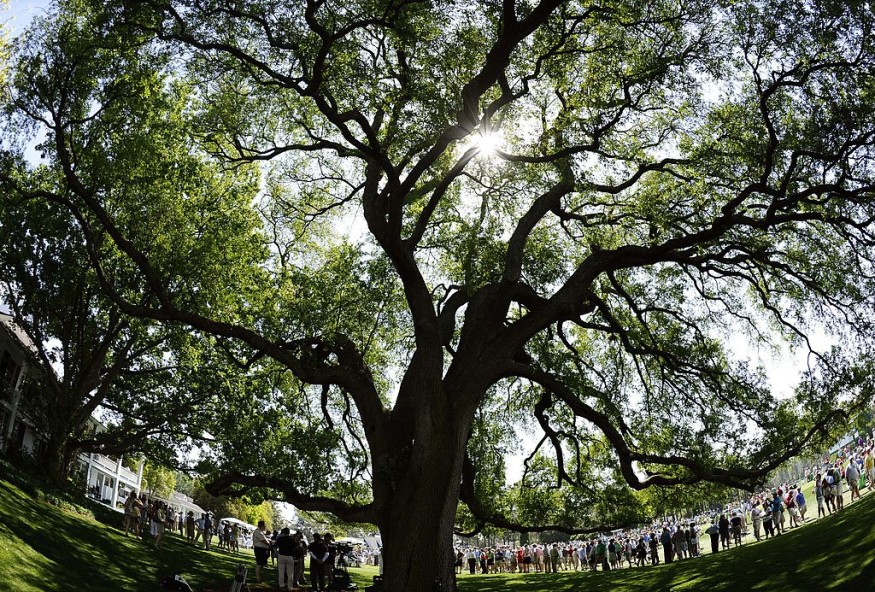
According to a recent study, oak trees are increasing their isoprene release to compensate for the poor air quality, but this just worsens air pollution.
Tom Sharkey, from Michigan State University's Plant Resilience Institute, was a member of the team that found that as the planet warms, trees like oaks and poplars will emit more of a substance that aggravates poor air quality, adding to problematic particulate matter along with low-atmosphere ozone.
The Dilemma on Isoprene
The problem is that the same substance, isoprene, can make plants more resilient to stresses like insects and high temperatures while simultaneously enhancing the quality of clean air.
The conflict facing Sharkey is between wanting plants to produce more isoprene so they are more resilient and wanting them to produce less isoprene so air pollution doesn't get worse.
Since the 1970s, when Sharkey was a doctorate student at Michigan State, he has been researching isoprene and how plants make it.
Although most people have never heard of it, isoprene from plants is the second-highest emitting hydrocarbon on Earth, only following methane emissions from human activity, according to Sharkey.
When it was incorrectly asserted that trees pollute the air more than cars in the 1980s, isoprene briefly rose to fame.
This claim is supported by the interaction of isoprene with nitrogen oxide molecules present in air pollution created by internal combustion engines in cars and coal-fired power plants. Ozone, aerosols, and other byproducts of these processes are harmful to both people and plants.
According to Sharkey, this happens because the air passes over a city environment, picks up nitrogen oxides, and then passes over a forest to create this poisonous brew. He continued by saying that, frequently, the air quality outside a city is worse than the air inside the city.
Also Read : Chinese Factory in South Carolina Fined $460k After Dozens of Air and Hazardous Waste Violations
Oak Trees, Poplars, and Isoprene
Sharkey's team investigates plant biomolecular processes for isoprene production, focusing on environmental impacts like climate change. Prior to their recent publication, it was known that some plants produce isoprene during photosynthesis, with CO2 decreasing the rate and temperature increasing it. The MSU team aimed to determine which effect prevails. Lead author Abira Sahu sought to identify a regulatory point in isoprene biosynthesis under high CO2. This quest has long intrigued scientists.
Sharkey's team pinpointed the CO2-slowed reaction in isoprene production. Interestingly, they found that temperature's impact outweighs CO2's. Once the temperature hits 95 degrees Fahrenheit, CO2 suppression diminishes, leading to a surge in isoprene production.
In their poplar plant experiments, a mere 10-degree Celsius increase in leaf temperature caused isoprene emissions to soar more than tenfold, as explained by Sahu.
Mohammad Mostofa, another author from Sharkey's lab, emphasizes that plants emit a significant amount of isoprene. This discovery aids in predicting future plant isoprene emissions and preparing for their consequences. It may also influence decisions made by individuals and communities. For instance, places like MSU, with over 20,000 trees, could consider planting fewer oak trees to mitigate isoprene emissions.
Regarding existing isoprene-emitting trees, Sharkey suggests an alternative approach: improving nitrogen oxide pollution control instead of cutting them down.
Related Article : Houseplants Can Neutralize Gasoline Fumes in Harmful Indoor Air That Cause Cancer, New Study Shows
© 2025 NatureWorldNews.com All rights reserved. Do not reproduce without permission.





